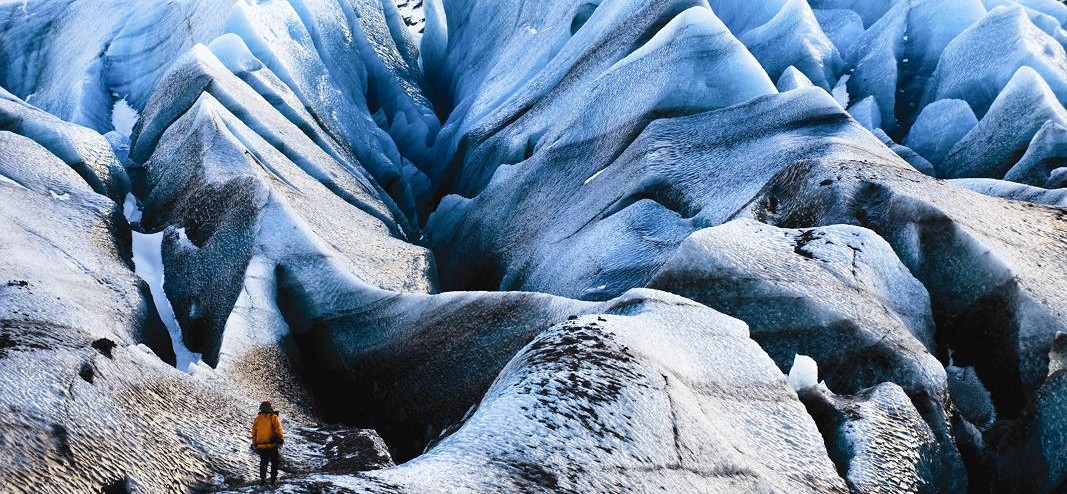Glaciers Have Feelings Too
“Chasing Ice” is now playing at the Grand Cinema near downtown Tacoma. In collaboration with National Geographic, this documentary is about global warming and the polar ice caps. I love National Geographic and since its first magazine issue in 1888, the Society has maintained a fine tradition, informing with a blend of history, culture, science, nature and…
Oh, I’m boring you, huh? Okay, let me lay it to you like this then: We and the entire planet are done for –if we don’t hit the brakes on global warming. “Chasing Ice” is a nerve-shaking and visually gripping reminder of this fact.
Whereas previous attempts have used data and rhetoric to warn about greenhouse gas emissions, “Chasing Ice” wrestles viewers to attention by taking them directly to the most critical front: the arctic glaciers. The movie tracks photographer James Balog and his team along their desperate adventure to show the people of Earth, in video and time-lapse photography, true images of current planetary destruction.
A few issues ago, I did a bunch of whining in the Ledger about contemporary CGI effects, but there’s none of that b.s. in this movie. Beginning in 2007, the Balog expedition planted cameras in 43 glacial sites to record multi-year transformations. There’s actual time-lapse photography of the very edges of glaciers. And it’s more than stunning to see several miles of ice slide-off into the ocean. It’s often emotional. There’s haunting video footage of massive ice-breaks, or “calving,” that leave an impression of Earth deteriorating in a slow painful death. The images are real–as real as your own limbs. Yep, like that arm right there. Lucky you, you get to keep it while the earth warms steadily.
Images in this movie hardly just informational; on-screen, they form suspense, action, and drama at the scale of an entire planet. There’s the story of the adventurers on their expedition and all the trials that come with traversing the arctic, except that when one of them walks to the edge of a great icy ridge to create “scale” in a photograph, you see that they’re really only tiny specs along the body of Earth. At night, scenes of glowing translucent ice backed by clear views of stars, constellations and galaxies makes it so Balog’s declaration “we can’t divorce civilization from nature” penetrates the soul directly.
Of course, we’re experiencing worrying evidence of global warming all around us including more harsh and volatile seasons and the extinctions of species by the hundreds. So, what more can the ice caps tell us? As experts in the movie state, the glaciers are the “canary in the coal mine.” As they recede dangerously beyond normal cycles of melting and re-freezing, the ice is the most prophetically measurable indicator of what will happen to sea levels over an extended time. As the glaciers go, so does the planet.
What all of this really means, the point we’re trying to make here, is that if you ever see me nerding-out to the magazines with the yellow covers, do hold your ridicule. I just might be popping some tips for THE SURVIVAL OF THE HUMAN SPECIES.



